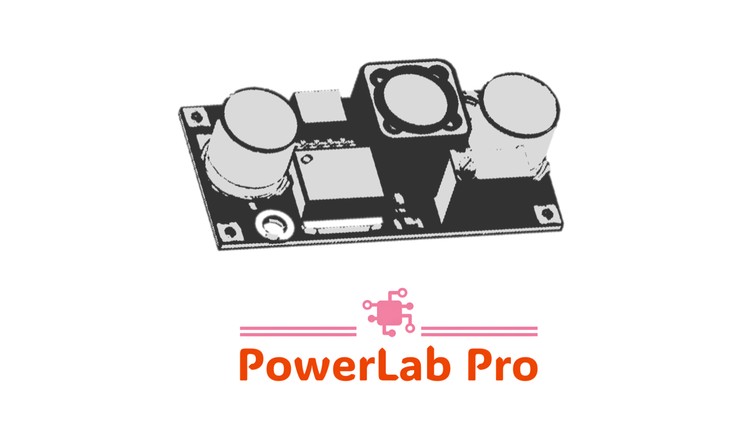
DC-DC Converters, State Space Averaging Technique, Modelling
What you will learn
Understand the Concept of State Space Averaging Technique (SSAT)
Identify the applications of SSAT in Power Converters
Apply SSAT for Modelling basic DC-DC Converters
Obtain the State Space Equations for the basic DC-DC Converters (Buck, Boost, Buck-Boost and Flyback)
Why take this course?
In this course, you will learn the state-space averaging technique for modelling basic DC-DC converters. You will learn to model buck, boost, buck-boost and flyback topologies. Beginning with essential principles, you will learn to identify the number of state variables present in a circuit which is the first step in system modelling.
You will then proceed to analyze various converter topologies, gaining a clear understanding of their distinct modes of operation. This analysis includes examining the equivalent circuits for each mode and applying Kirchhoff’s voltage and current laws to derive the necessary voltage and current equations. Subsequently, you will integrate the identified state variables into these equations to establish the state vectors corresponding to different operational states.
The course will then guide you through the application of the state-space averaging technique to average these state vectors over a switching period. This process will allow you to derive the final state vector and output vector (State Space Equations) that precisely characterize the converter’s dynamic behaviour. By the conclusion of this course, you will possess a solid understanding of how to effectively model DC-DC converters using the state-space averaging technique, equipping you with the skills to analyze and design advanced power electronics systems.